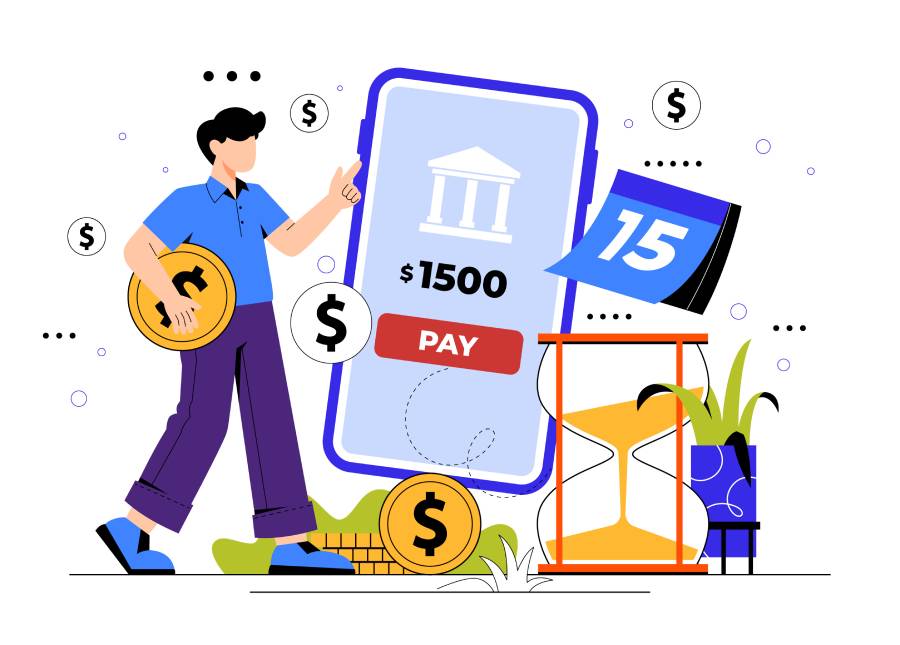Blogs

Mobile App Monetization Strategies
In the fast-paced world of mobile apps, monetization is a crucial aspect that app developers and publishers need to consider. With millions of apps available in the app stores, standing out and generating revenue from downloads requires strategic planning and effective monetization strategies. In this comprehensive guide, we’ll explore the various mobile app monetization strategies available to developers, from in-app purchases to advertising, subscriptions, and more. Let’s delve into the world of mobile app monetization and discover how to turn downloads into revenue.
Introduction: The Revenue Potential of Mobile Apps
Mobile apps have become an integral part of our daily lives, offering convenience, entertainment, and solutions to a myriad of needs. For app developers and publishers, the challenge lies in not only creating a great app but also in finding ways to monetize it effectively. The app economy continues to grow, with revenue from app stores, in-app purchases, and mobile advertising reaching new heights. Understanding the various monetization models and implementing the right strategy can make all the difference in the success of a mobile app.
1. In-App Advertising: Monetizing Through Ad Revenue
One of the most common and straightforward ways to monetize a mobile app is through in-app advertising. This model involves displaying ads within the app interface, such as banners, interstitials, or native ads. Developers can partner with ad networks like Google AdMob, Facebook Audience Network, or in-house ad platforms to serve targeted ads to users. The key to success with in-app advertising lies in finding the right balance between ad frequency, relevance, and user experience.
2. Freemium Model: Offering Free Downloads with In-App Purchases
The freemium model has gained popularity among app developers, especially for games and productivity apps. This strategy involves offering the app for free with limited features or content, enticing users to upgrade or purchase additional features through in-app purchases (IAPs). By providing a taste of the app’s value and then offering premium content or functionality for a price, developers can generate revenue while catering to both free and paying users.
3. Subscription-Based Monetization: Recurring Revenue Streams
Subscription-based models have become prevalent in apps offering premium content, services, or access to exclusive features. Apps like streaming services, news platforms, and fitness apps often use this model to provide ongoing value to subscribers. Developers can offer different subscription tiers (e.g., monthly, yearly) with varying benefits, such as ad-free experiences, exclusive content, or advanced features. This model not only generates recurring revenue but also fosters user loyalty and engagement.
4. In-App Purchases (IAPs): Unlocking Virtual Goods and Upgrades
In-app purchases (IAPs) are a direct monetization method where users can buy virtual goods, upgrades, or currency within the app. This model is commonly used in mobile games, where players can purchase items, levels, or boosts to enhance their gaming experience. Developers can create enticing IAPs that provide value to users and encourage spending. Effective pricing, limited-time offers, and clear benefits are essential to driving IAP revenue.
5. Sponsorship and Partnerships: Collaborating with Brands
Another avenue for app monetization is through sponsorship and partnerships with brands or advertisers. Developers can integrate sponsored content, branded experiences, or native advertising within the app. This model requires careful alignment between the app’s audience and the brand’s target market to ensure relevance and engagement. Collaborating with brands can provide a significant source of revenue, especially for apps with a niche or loyal user base.
6. Affiliate Marketing: Earning Commissions on Referrals
Affiliate marketing within apps involves promoting third-party products or services and earning a commission for each successful referral or sale. Apps can integrate affiliate links, referral codes, or promotional banners that direct users to external websites or products. Developers earn a commission when users make a purchase or sign up through these links. This model works well for apps with a focus on product recommendations, reviews, or lifestyle content.
7. Data Monetization: Leveraging User Data Responsibly
While controversial, data monetization involves collecting and leveraging user data to provide personalized experiences, targeted advertising, or market insights. Developers can anonymize and aggregate user data to sell to third-party companies or advertisers. However, it’s crucial to prioritize user privacy and comply with data protection regulations. Transparency, user consent, and data security are paramount in data monetization strategies.
Conclusion: Choosing the Right Mobile App Monetization Strategy
In conclusion, the world of mobile app monetization offers a multitude of strategies for developers to generate revenue from their apps. From in-app advertising and freemium models to subscriptions, IAPs, sponsorships, and data monetization, each strategy comes with its benefits and considerations. The key to success lies in understanding the target audience, offering value through app features or content, and balancing monetization with user experience.
As developers navigate the landscape of mobile app monetization, it’s essential to test, iterate, and optimize strategies based on user feedback and market trends. By choosing the right monetization model or combination of models, developers can not only turn app downloads into revenue but also build sustainable, thriving businesses in the competitive app market.
Continue Reading: Measuring Success In Social Media Marketing



